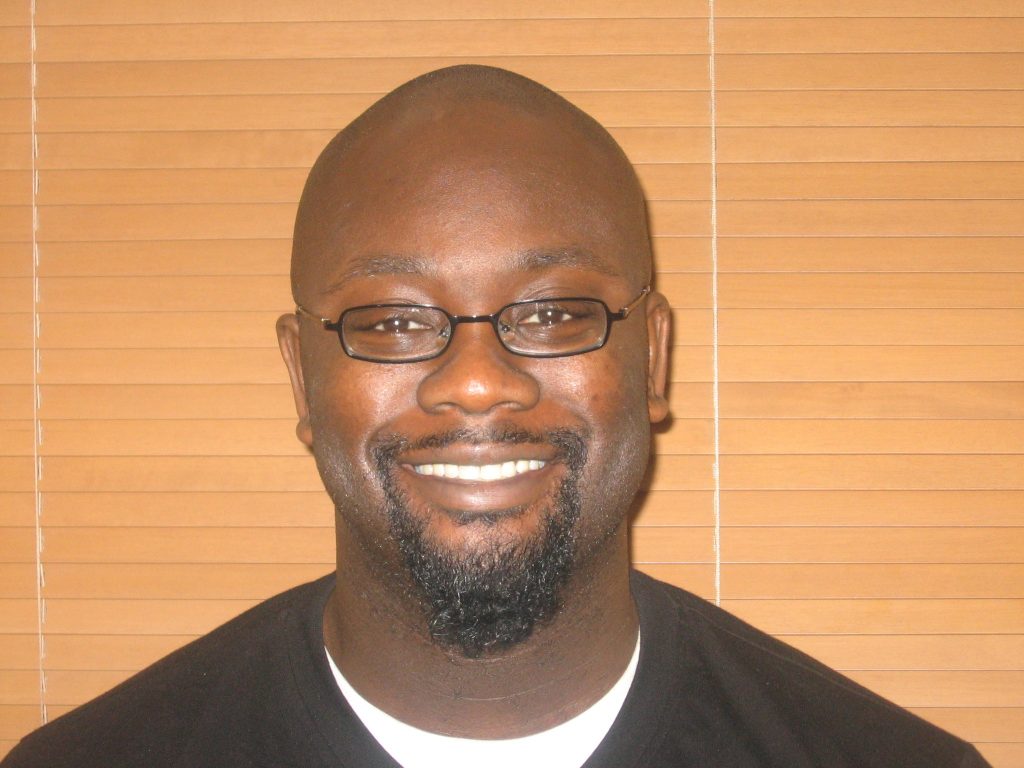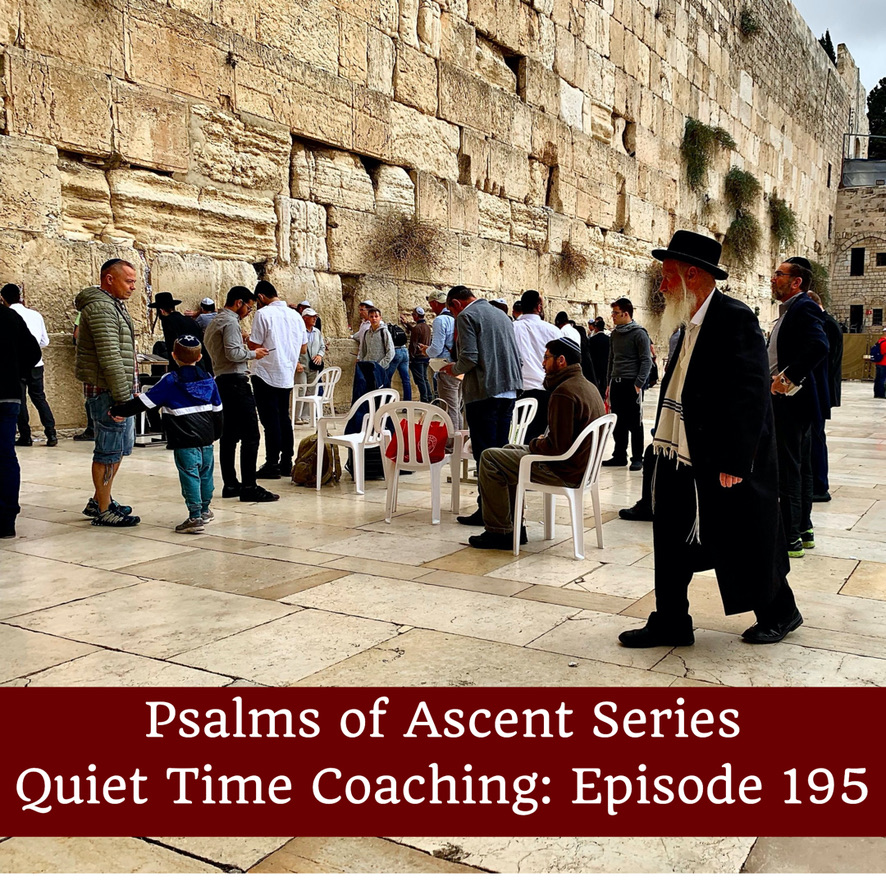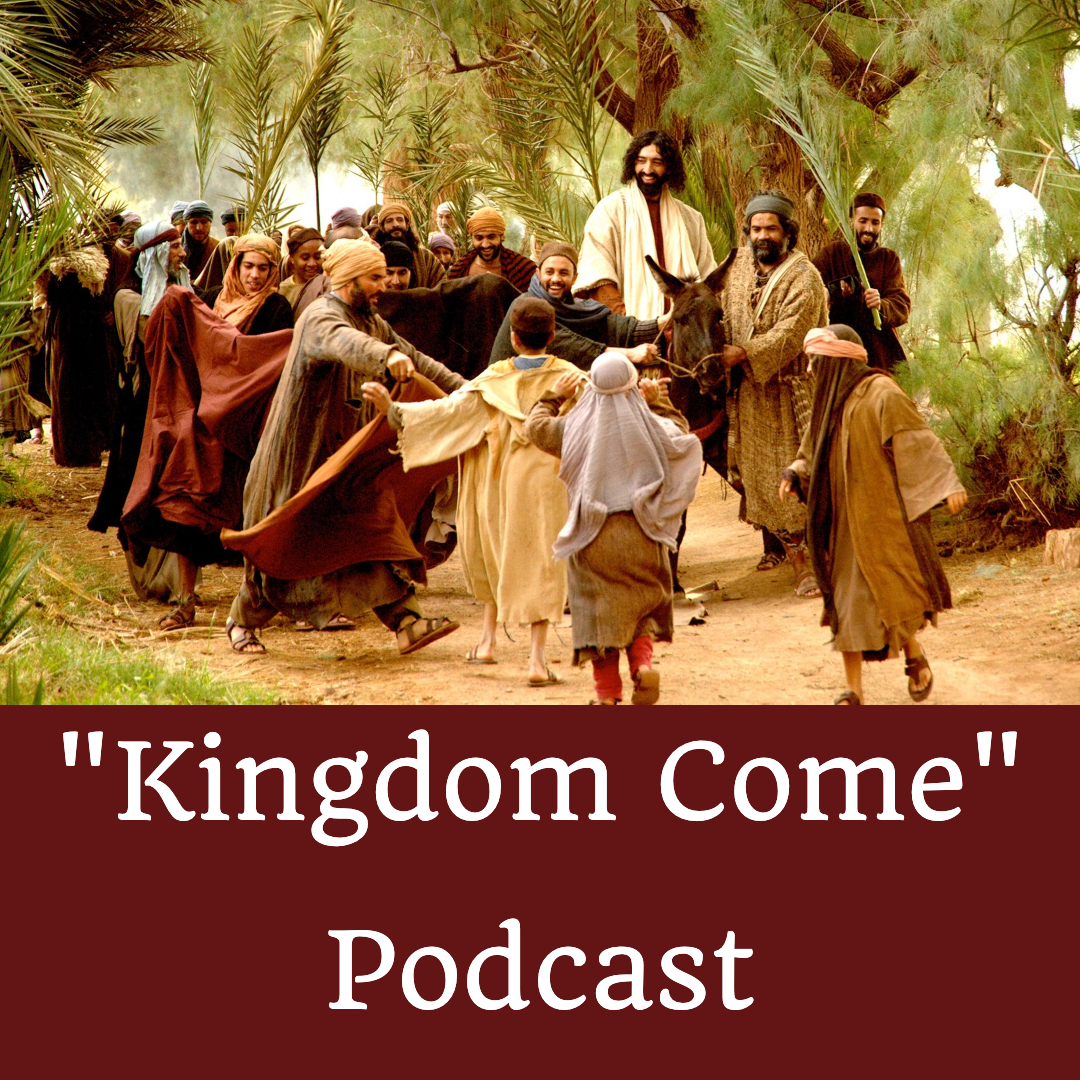Something different today – an article (click here for the pdf: Resources) – on making the most of resources in helping us to have enriching quiet times. I hope you enjoy it as much as me.
MAKING THE MOST OUT OF RESOURCES
Open my eyes, so that I may behold
wondrous things out of your law (Psalm 119:18)….
BIG IDEA: Prayer and Bible reading is an act of being immersed in a story – try not to think of the Bible as a compendium of ‘truths’ or as a guidebook of rules for life, but rather as the great story of God and man:
All across the spectrum today experts are also saying we need to read the Bible as Story. Robert Webber, a wonderfully influential and now deceased Wheaton professor, offers us an invitation: “So I invite you to read the Bible,” he said, “not for bits and pieces of dry information [pieces in a puzzle], but as the story of God’s embrace of the world told in poetic images and types.” I add another voice, namely, the excellent Old Testament scholar John Goldingay: “The biblical gospel is not a collection of timeless statements such as God is love. It is a narrative about things God has done.”2 For a third voice, consider a Jewish scholar, Abraham Joshua Heschel: “The God of the philosopher is a concept derived from abstract ideas; the God of the prophets is derived from acts and events. The root of Jewish faith is, therefore, not a comprehension of abstract principles but an inner attachment to those events.” (Scott McKnight, The Blue Parakeet: Rethinking How You Read the Bible (Grand Rapids, MI: Zondervan, 2008), 59.)
I see this in two stages – exegetical and emotional – where these two things meet, I personally have the most naturally intuitive God-experience.
EXEGETICAL:
To break down a passage, think in terms of the following:
- Text – the passage you are studying
- Co-text – the verbiage around (before and after) the passage you are studying
- Context – what the chapter/book is about (here’s where commentaries come in)
- Intertext – other texts which embody the same ideas
- Keywords – repeated phrases or ideas in the target text
- Conjunctive words/phrases – ‘therefore’, ‘in order that’, ‘because’ – all those words and phrases that tell you direct the movement of a discourse.
Example:
43 The next day Jesus decided to go to Galilee. He found Philip and said to him, “Follow me.” 44 Now Philip was from Bethsaida, the city of Andrew and Peter. 45 Philip found Nathanael and said to him, “We have found him about whom Moses in the law and also the prophets wrote, Jesus son of Joseph from Nazareth.” 46 Nathanael said to him, “Can anything good come out of Nazareth?” Philip said to him, “Come and see.” 47 When Jesus saw Nathanael coming toward him, he said of him, “Here is truly an Israelite in whom there is no deceit!” 48 Nathanael asked him, “Where did you get to know me?” Jesus answered, “I saw you under the fig tree before Philip called you.” 49 Nathanael replied, “Rabbi, you are the Son of God! You are the King of Israel!” 50 Jesus answered, “Do you believe because I told you that I saw you under the fig tree? You will see greater things than these.” 51 And he said to him, “Very truly, I tell you, you will see heaven opened and the angels of God ascending and descending upon the Son of Man.”
Text: John 1:43-51
Co-text: John 1:35-42 – This passage gives us both a distinctive picture of Jesus and a description of the first disciples’ initial experiences of Jesus, providing further reflections on the nature of discipleship. This material is divided in two parts. In the first (vv. 35–42) the disciples take the initiative to follow Jesus, and in the second (vv. 43–51) Jesus takes the initiative. We learn that the apostles were former students of John the Baptist – this in itself ought to be a whole other study session! He points them to Jesus, the Lamb. Andrew takes Simon to the Messiah.
Context: From the outset, John has thrown down a rather dangerous gauntlet – In the beginning was the Word, and the Word was with God, and the Word was God. 2 He was in the beginning with God. 3 All things came into being through him, and without him not one thing came into being…14 And the Word became flesh and lived among us, and we have seen his glory, the glory as of a father’s only son, full of grace and truth (John 1:1-3a, 14).
The rest of the Gospel is an attempt to make sense of this! The term “high” Christology refers to the virtual equation of Jesus and God, which is at the heart of the 4th Gospel. This is set in tension with the notion of Jewish monotheism in the Gospel of John. For example, the Jewish leaders accuse Jesus of “making himself equal to God” (5:18), accuse him of making himself God (10:33), or understand certain of his claims as blasphemous claims to divine identity (8:58–59; 10:30–31, 38–39). “These debates in John’s Gospel are often thought to reflect debates that were going on in the Gospel’s context between Christians and non-Christian Jews, who found the Christian claims for Jesus incompatible with Jewish monotheism” (Richard Bauckham). This is how I (and many commentators) would see the context of John – a foray into the divine identity of the Messiah. How could the one true God of Israel (Deut. 6:4) be manifest in a crucified Jew?
Intertext: 50 Jesus answered, “Do you believe because I told you that I saw you under the fig tree? You will see greater things than these.” 51 And he said to him, “Very truly, I tell you, you will see heaven opened and the angels of God ascending and descending upon the Son of Man.” [John 1:50-51]
This ought to remind you of:
10 Jacob left Beer-sheba and went toward Haran. 11 He came to a certain place and stayed there for the night, because the sun had set. Taking one of the stones of the place, he put it under his head and lay down in that place. 12 And he dreamed that there was a ladder set up on the earth, the top of it reaching to heaven; and the angels of God were ascending and descending on it (Gen. 28:10-12).
Is Jesus ‘Jacob’s ladder’? Perhaps Jesus is the bridge between heaven and earth; perhaps true divinity is perfect humanity – perhaps Jacob’s dream is the true dream of all people, to find that place where God and man meet, where the divine and the human are one? Maybe the passage draws a parallel between the disciples and Jacob, indicating that they, like Jacob, will see a heavenly vision which is realized in the vision of faith of the community which confessed Jesus as the divine Son of Man, equal to God.
Keywords: ‘come and see’ (v. 46 – cf. 1:39); ‘I saw you under the fig tree’ (v. 49; cf. v. 50); ‘You will see greater things than these’ (v. 50); ‘you will see heaven opened…’ (v. 51). Compare this with what is in the co-text “Look, here is the Lamb of God!” (1:36); When Jesus turned and saw them following, he said to them, “What are you looking for?” (1:38); “Come and see.” They came and saw where he was staying, and they remained with him that day (1:39); He first found his brother Simon and said to him, “We have found the Messiah” (1:41); He brought Simon to Jesus, who looked at him and said, “You are Simon son of John. You are to be called Cephas” (1:42).
There are other key words/ideas – let’s just think about one – seeing, seeking and finding. The disciples seek the Messiah, only to find out that Jesus had ‘seen’ them even before – Jesus’ prophesies – ‘I saw you before you knew I’d seen you’. Jesus sees beyond what is right in front of his face, as all his followers will need to. They will eventually need to see well beyond the cruel and violent death of their Lord in order to see that therein lay the very inner workings of the divine plan to rescue humankind from its own self-destructive ways!
Conjunctive phrases: Truly, truly, I say to you…
See how this term works in John 3:5; 5:19, 24; 6:32, etc (it appears a lot!!!!). It clearly introduces profound moments in John. How does it function in John 1:51?
Piecing the above together, ask yourself – what is John trying to convey to his readers? Hold those thoughts!
EMOTIONAL
These are the key questions one ought to ask when thinking of the Bible as story:
- What does this passage tell me about God?
- What does the passage tell me about my world/the world?
- What does the passage tell me about me?
- What questions would you add to the above?
Those ideas, you need to reflect and meditate on! The answers to the above will be different for every believer (or indeed non-believer). You may conclude that there is something you need to do, someone you need to speak to, a place you need to go to mentally, a fear you need to address, a memory you need to resurrect, a book you need to read, a song you need to listen to (for me this is currently “Backseat” by Carina Round – don’t ask me why!!!) – whatever it is, let these thoughts and emotions bring you prayer. This might involve you screaming to/at God or sitting in complete silence for an hour.
Ultimately, we are to be caught up in the great story – again, let me cite McKnight, who is hard to improve upon:
God chose to give us a collection of books, what I call wiki-stories of the Story, and together these books form into God’s story with us and God’s story for us. Acts 7 is a good example of how to read the Bible as Story even though Stephen’s speech in Acts 7 is only one wiki-story of the Story. Again, each author in the Bible is a wiki-storyteller and each book is then a wiki-story, one story in the ongoing development of the big story. These are the major elements of that story:
1. God and creation
2. Adam and Eve as Eikons (images) who crack the Eikon
3. God’s covenant community, where humans are restored to God, self, others, and the world
4. Jesus Christ, who is the Story and in whose story we are to live
5. The church as Jesus’ covenant community
6. The consummation, when all the designs of our Creator God will finally be realized forever and ever
What we discover in reading the Bible is that each telling of the Story, each wiki-story, was a Spirit-inspired telling of the Story in each person’s day in each person’s way. God spoke through Moses in Moses’ ways for Moses’ days, through David in David’s ways for David’s days, through Jesus in Jesus’ ways for Jesus’ days, and through John in John’s ways for John’s days. God always speaks a “contemporary” word. The genius of the Bible is the continuity of the Story as each generation learns to speak it afresh in its days and in its ways. (McKnight, Parakeet, 210.)
Finally, a few mechanical pointers:
- Have a go to commentary – I’d suggest The New International Bible Commentary: With the New International Version (F F Bruce, Zondervan Understand the Bible Reference) or New Bible Commentary: 21st Century Edition (Carson, Motyer, France, Wenham), for a blend of faith and accessible scholarship.
- Take time over specialist commentaries on particular books of the Bible by believing scholars – HIGHLY RECOMMENDED – Tom Wright ‘For Everyone’ Series (all books of the NT covered).
- Find your connection media – music, landscapes, lectures, songs, poetry – whatever opens you up emotionally, and use it to pray. Not all prayer is a recital of words – sometimes all you are trying to say is help me and thank you! Other times you are trying to say I’ve had enough or I need you; whatever you need to say in prayer, try to open yourself up in an emotional sense – whatever makes you feel an inner beauty, sadness, joy, fear, or desire to dance – place yourself there and reflect on the passage and the grand story!
Andy Boakye
August 2018
You can purchase Andy’s book, “Death and Life: Resurrection, restoration and rectification in Paul’s letter to the Galatians”, here.
Please leave a comment, and pass the link on to anyone you think might be interested.
God bless, Malcolm


